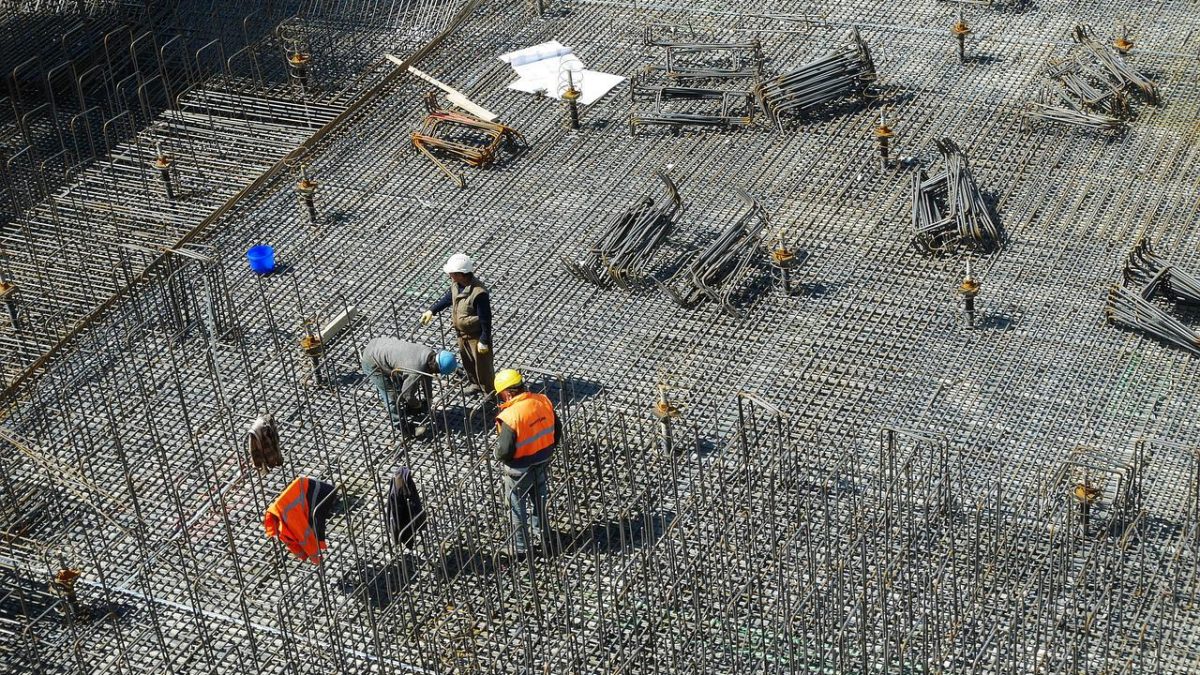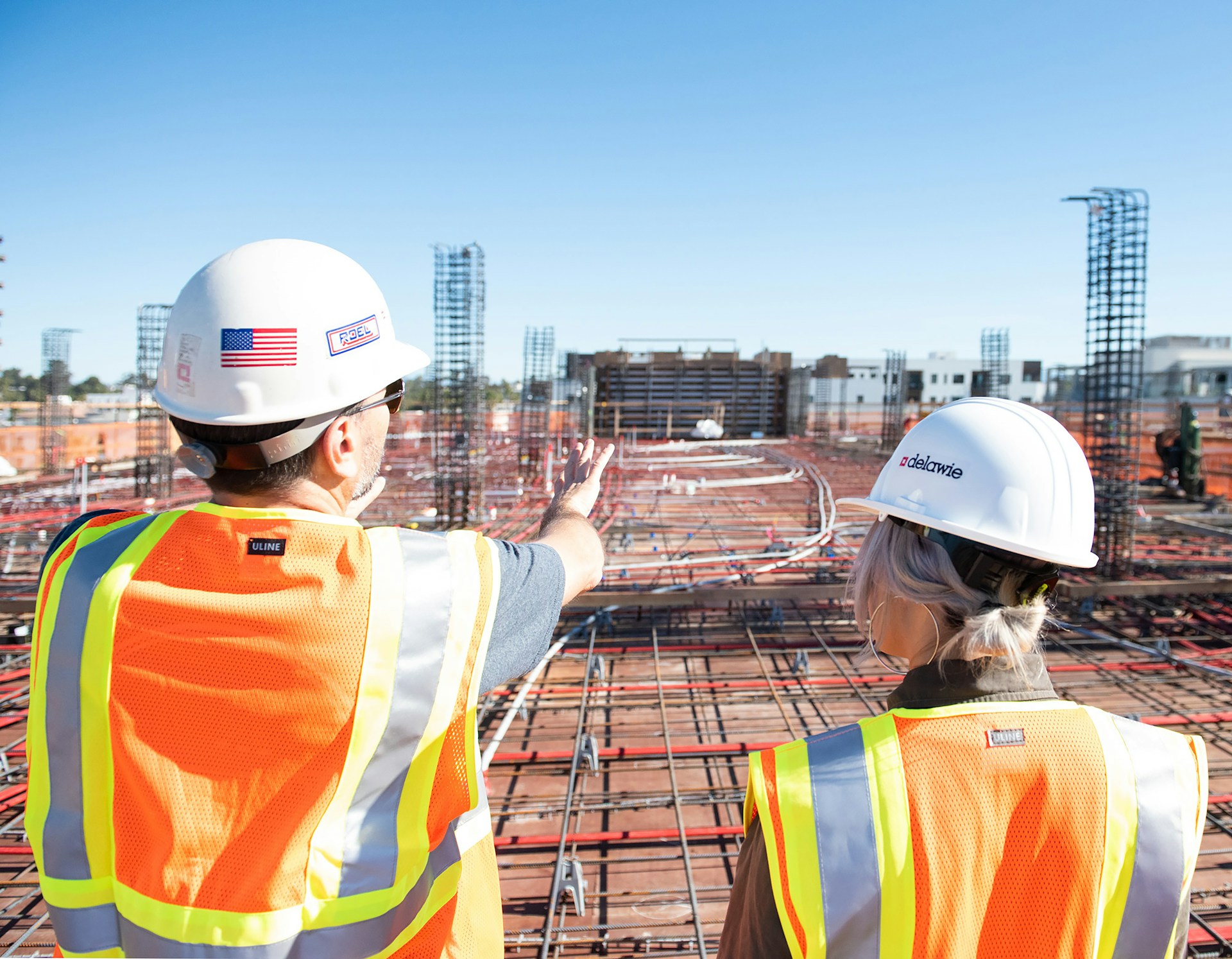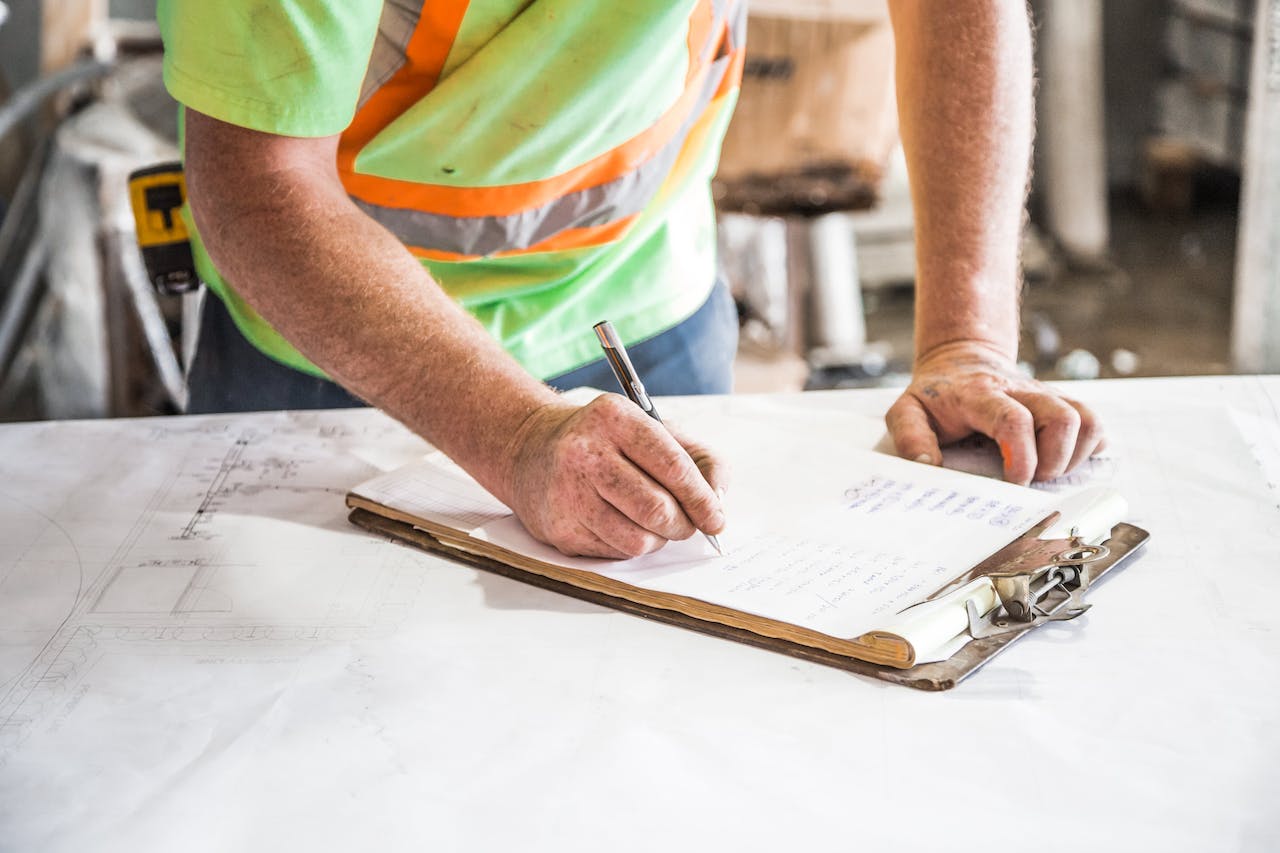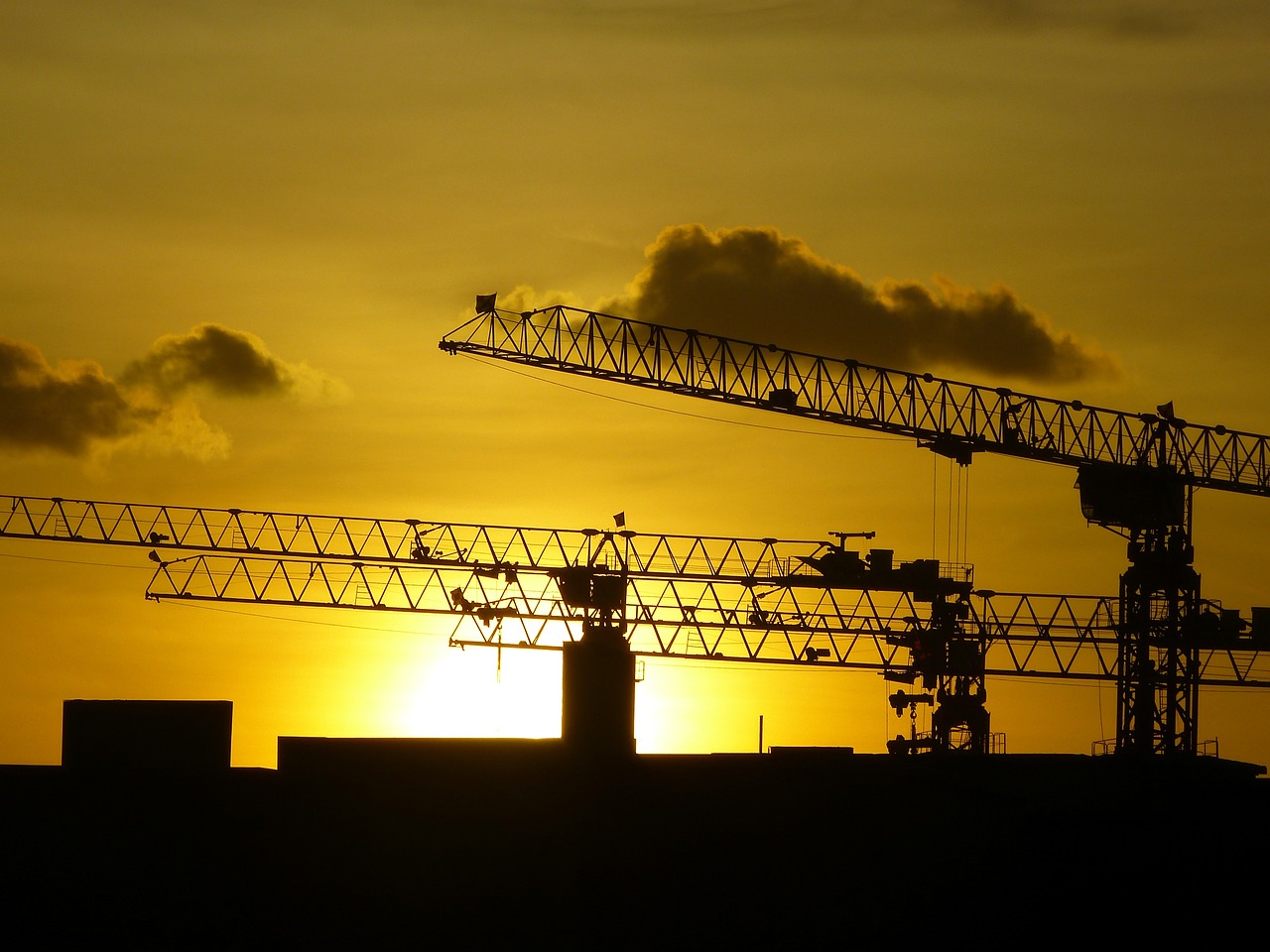Construction businesses are undoubtedly more risk-prone than any other business. And these risks have only increased with passing time. Construction is much more complex now, involves more variables, and the current workforce trend signals scant labor supply, etc., making risk management all the more critical.
But the upcoming modern construction technology beams as a hope of light in mitigating these risks. Let’s see the risks and challenges associated with a construction project and how construction technology can help reduce them. Lastly, we will learn how risk assessment software works.
The Various Construction Risks And How Construction Technology Mitigates Them?
Financial Risks
Financial risks are the most prominent risks a construction project can face.
The constantly hiking prices of steel, cement, and other raw materials are always a source of stress and can potentially disrupt the entire project budget. Needless to say, construction is a business of low margins. Thus, contractors must be even warier regarding wavering material costs and various supply chain issues.
However, an end-to-end construction management software or a budget management tool can help mitigate these risks.
These tools help you monitor the budget phase-wise and for the whole project, analyze changes like rising prices and overrunning budget, and provide insights on every cent spent.
Thus empowered with accurate real-time information, risk handling is much more proactive.
Simultaneously, a risk assessment software helps you identify these risks and documents and maps the next steps to follow in case a documented and identified risk is detected.
Delays In Completion
Construction projects are infamous for delays in timelines. The typical reasons for delays are:
- Socio-political changes
- Poor scheduling
- Miscommunication with subcontractors
- Adverse weather, and so on.
The end-to-end software provides features like manpower logging, weather tracking, BIM viewer for clarity to subcontractors, project scheduling software, and so on.
But when the delay occurs, risk assessment software kicks into motion and helps mitigate the risk most efficiently.
Labor Shortages & Productivity Issues
The labor shortage has been a pressing issue for a long time and has further aggravated post-COVID. Sometimes this shortage pushes the companies to hire inexperienced workers, further reducing productivity and increasing risk.
Construction management software helps manage construction labor shortages by identifying the site’s crew and logging their worked hours. The software also aids efficient management by giving a detailed view of tasks and their status. The project managers can use this information to allocate the workforce smartly.
However, when a labor shortage or productivity issue occurs between a project, it is essential to have appropriate risk analysis in the risk assessment software. The software triggers the mitigation timely and helps in taking timely action to reduce the impact the shortage must have had.
Design Errors
One of the most expensive, design errors are a significant construction risk.
However, when such errors occur, they can cause hefty losses.
Such errors arise because of a lack of proper information, human overlooking, data silos, etc.
But, design errors can be eliminated to a lot extent by real-time transparent information access. Construction management software helps teams exchange information through RFIs and faster turnaround times. The software also automates the submittals workflow so that the required accurate information is available to the designers and project planners at all project stages.
Although design risks might still crop up, risk assessment software promises efficient risk management and the least possible delays and losses.
Loss Of Paperwork
Documentation in paper form is subject to inefficiencies like loss of critical documents, lack of mobility, data silos, and damage due to floods, wind, and termites.
A document management software eliminates such risks to an extent while enhancing efficiency and productivity.
But suppose some critical document goes missing or any other paperwork-related risk arises. Risk assessment software will immediately help you implement the mitigation plans, and the stakeholders can check the resolution progress.
Key Steps for Construction Risk Management
Identifying Risks
Identifying the problem is the first step toward solving it. Likewise, the stakeholders and teams must first identify the risks associated with the project.
After appropriate brainstorming and identifying project risks, the project team must record all the risks in the risk assessment software. They must also identify, document, and communicate the associated risks.
Lastly, maintain a risk register with all the risks that need attention. This register holds all the information associated with the risks.
Risk Classification
Post identification, evaluate the criticality of each risk by analyzing each based on risk impact and its probability of occurrence. And this risk analysis can be done across seven key factors.
And once analyzed, the risks can be assigned a priority level, and their further analysis or direct mitigation can be decided.
Map Risk Triggers
The next step is to map risk triggers. Suppose a snagging or inspection activity highlights a risk trigger. The inspector can directly log this into the risk assessment software and log the risk. The project management can assign the team responsible for the resolution and instantly provide awareness regarding the risk for better governance and planning.
The team can quickly respond to the risk trigger and prevent an accident, cost overrun, etc.
After all, prevention is better than cure!
Create Mitigation Plans
But what if the incident occurs?
Once the risk has been registered in the risk assessment software, the software suggests remedial measures for better governance of the incident.
The software can also map actions to eliminate, reduce, or transfer risks and assign them to the responsible staff and workers.
Risk Dashboarding And Reporting
Lastly, keep track and maintain transparency on mitigating the registered risks. Dashboarding provides a detailed view of each risk, its assessment, triggers, and mitigation plans, all on a single screen.
The stakeholders can even share and export PDF reports and analyze the state of risks across the project via a heat map.
Conclusion: Technology Plays The Safety Net For Construction Risks
In a nutshell, construction technology is helping the industry be safer regarding lives saved on-site and from the monetary, schedule, and quality-related risks.
Construction technology acts like a safety net for all the stakeholders and everyone involved in the process. It ensures efficient use of resources, and the best quality is rendered. Thus enabling lean growth of construction businesses, one of the most coveted requirements of the E&C industry.




